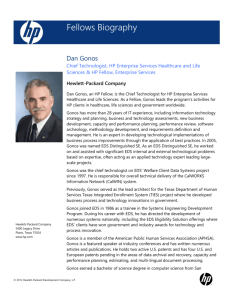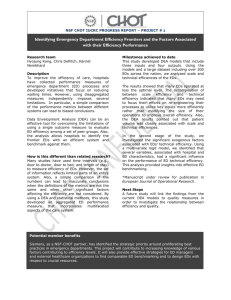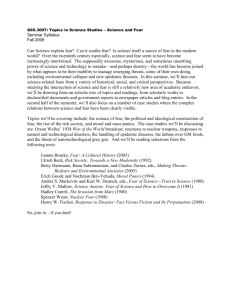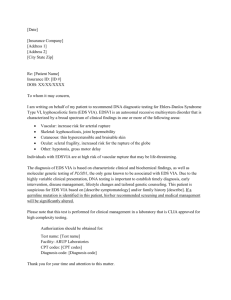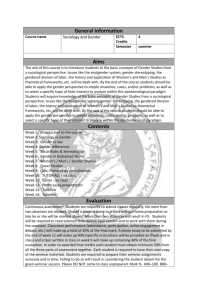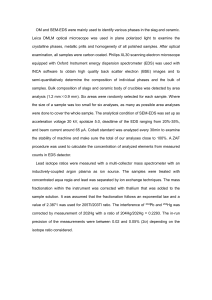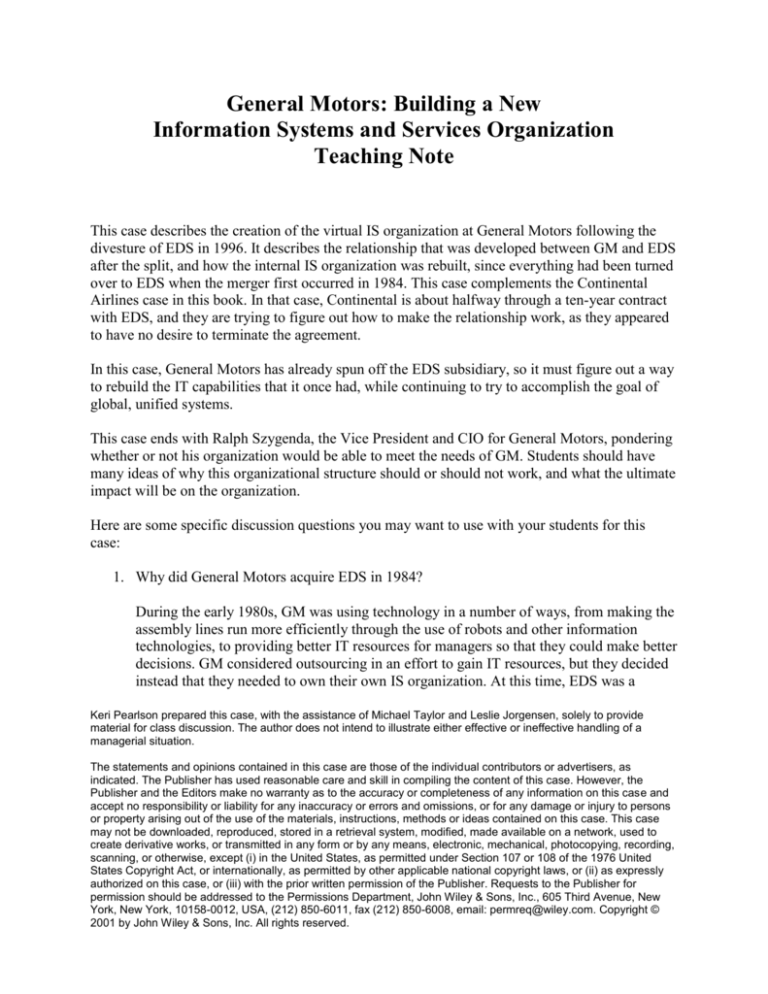
General Motors: Building a New
Information Systems and Services Organization
Teaching Note
This case describes the creation of the virtual IS organization at General Motors following the
divesture of EDS in 1996. It describes the relationship that was developed between GM and EDS
after the split, and how the internal IS organization was rebuilt, since everything had been turned
over to EDS when the merger first occurred in 1984. This case complements the Continental
Airlines case in this book. In that case, Continental is about halfway through a ten-year contract
with EDS, and they are trying to figure out how to make the relationship work, as they appeared
to have no desire to terminate the agreement.
In this case, General Motors has already spun off the EDS subsidiary, so it must figure out a way
to rebuild the IT capabilities that it once had, while continuing to try to accomplish the goal of
global, unified systems.
This case ends with Ralph Szygenda, the Vice President and CIO for General Motors, pondering
whether or not his organization would be able to meet the needs of GM. Students should have
many ideas of why this organizational structure should or should not work, and what the ultimate
impact will be on the organization.
Here are some specific discussion questions you may want to use with your students for this
case:
1. Why did General Motors acquire EDS in 1984?
During the early 1980s, GM was using technology in a number of ways, from making the
assembly lines run more efficiently through the use of robots and other information
technologies, to providing better IT resources for managers so that they could make better
decisions. GM considered outsourcing in an effort to gain IT resources, but they decided
instead that they needed to own their own IS organization. At this time, EDS was a
Keri Pearlson prepared this case, with the assistance of Michael Taylor and Leslie Jorgensen, solely to provide
material for class discussion. The author does not intend to illustrate either effective or ineffective handling of a
managerial situation.
The statements and opinions contained in this case are those of the individual contributors or advertisers, as
indicated. The Publisher has used reasonable care and skill in compiling the content of this case. However, the
Publisher and the Editors make no warranty as to the accuracy or completeness of any information on this case and
accept no responsibility or liability for any inaccuracy or errors and omissions, or for any damage or injury to persons
or property arising out of the use of the materials, instructions, methods or ideas contained on this case. This case
may not be downloaded, reproduced, stored in a retrieval system, modified, made available on a network, used to
create derivative works, or transmitted in any form or by any means, electronic, mechanical, photocopying, recording,
scanning, or otherwise, except (i) in the United States, as permitted under Section 107 or 108 of the 1976 United
States Copyright Act, or internationally, as permitted by other applicable national copyright laws, or (ii) as expressly
authorized on this case, or (iii) with the prior written permission of the Publisher. Requests to the Publisher for
permission should be addressed to the Permissions Department, John Wiley & Sons, Inc., 605 Third Avenue, New
York, New York, 10158-0012, USA, (212) 850-6011, fax (212) 850-6008, email: permreq@wiley.com. Copyright ©
2001 by John Wiley & Sons, Inc. All rights reserved.
leading outsourcing provider of IT services – with expertise in state-of-the-art IT
resources.
2. Why did General Motors spin off EDS as a separate company in 1995?
There were many factors in the spin off of EDS in 1995. EDS had continued to operate as
a separate business, providing IT outsourcing for a number of firms. However, EDS
found it difficult to compete for contracts with firms that competed with one or more of
the business lines of GM. The case specifically noted the fact that EDS lost out on
bidding for two contracts – British Aerospace and Lucas Industries – because they
competed with GM and its Hughes Aircraft subsidiary.
Another factor was the fact that while EDS did do much good for GM, they were not
successful in all areas. The case pointed out that one of the primary goals of the
acquisition was for EDS to help with the integration of disparate computer systems across
GM’s units. This did not happen, nor could it under EDS’s direction. This required
consensus and direction from within GM.
Finally, IT had become so important to GM that the leadership felt that they needed the
IT expertise to be in-house in order to be as responsive as possible to the needs of GM
and its various business units.
3. Are there types of organizational problems that an outsource provider cannot address in a
firm?
EDS had problems addressing fragmentation of systems across divisions. As outsiders,
they did not have the power to bring the various internal groups together to reach the
consensus necessary to solve the problems that GM was facing. Thus, EDS or other
outsourcing providers would face significant problems with the internal political
struggles in a firm, as there is nothing that they can do to directly address those problems.
Of course, many outsourcing firms provide consulting services that are designed to help
address these types of political struggles in firms. However, this is not the strongest
capability of EDS.
4. Why was it so difficult for GM to accomplish its goal of common integrated worldwide
systems with EDS? Will they continue to face those same obstacles now that they are
running their own IT department again?
General Motors is a very large, complex world-wide organization, with each business
unit having its own goals and facing its own problems. As noted above, EDS faced
problems when trying to address the fragmentation of systems across divisions because of
the political realities in the firm. Once EDS was spun off, Szygenda had an information
officer in each sector and major business unit. Each of these information officers had dual
reporting relationships – to Szygenda and to the head of the business unit or sector. Thus,
it was somewhat in the best interest of each of the information officers to try to maximize
General Motors IS&S Teaching Note
Page 2
the benefits of IT for their particular business unit or sector, rather than for the firm as a
whole.
5. How effective is a matrix organization like the one that Szygenda is building at GM? Are
there any particular advantages or disadvantages of the matrix organization?
Szygenda needed 300 CIOs, information executives, and technologists to make his matrix
organization work. Each of these individuals would report to Szygenda as well as to
someone in their business unit (e.g., the head of the business unit or sector). This has the
advantage that there are key IT decision makers in each of the business areas that can
provide input to Szygenda, and who should be champions for IT changes and innovations
in their particular areas. Furthermore, the IT employees in each of these business units be
catalysts for change within their business unit, and yet be able to help with the crossorganizational problems that EDS faced during their time as a GM subsidiary.
There are also disadvantages, however. Each of the 300 IT employees would have
conflicting allegiances – to the central IT function and to their particular business unit or
sector. What was good for one was not necessarily good for the other. By being located in
the business unit, they were removed from the central IT function, and thus required
frequent meetings to help assure that they were up-to-date on company-wide plans and
goals.
General Motors IS&S Teaching Note
Page 3

